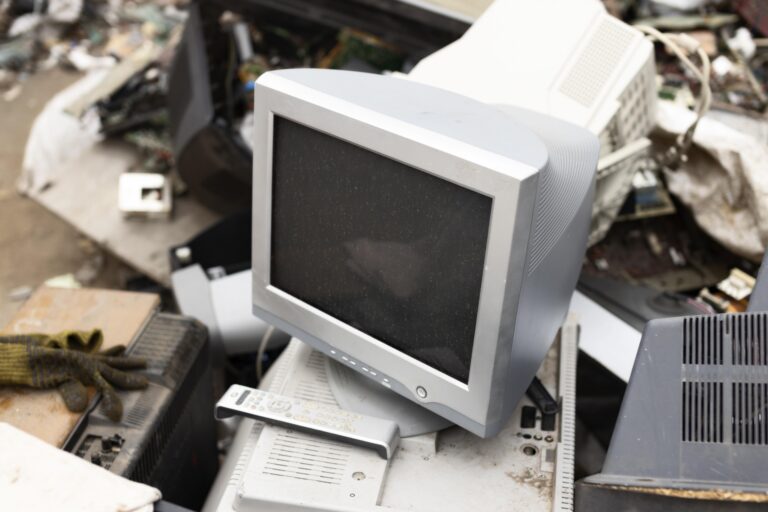Theme
Energy
Activity Duration
3,5 hours
Group Size
8-20 youngsters
Objectives
• Understand the principles of different energy sources (renewable and non-renewable).
• Analyse the environmental, social and economic impact of dfferent energy choices.
• Develop critical thinking and problem-solving skills in the search for sustainable energy solutions.
• Promote awareness of one’s own energy consumption and individual action
Description
This activity aims to make the complex topic of energy accessible and engaging, encouraging young people to think like future “architects” of a more sustainable world and to recognise their active role in this transition.
This activity includes both individual and sub-group activities, allowing for both individual reflection and active collaboration in problem solving
Materials/Tools
• Large posters, coloured markers, post-it notes.
• “Scenario” cards with descriptions of different countries or regions (e.g.
developing country, industrialised nation, island with supply problems).
• “Energy resource” cards (e.g. coal, oil, gas, solar, wind, hydroelectric,
nuclear) with summarised pros and cons.
• ‘Impact’ cards (e.g. air pollution, high costs, job creation, risk of accidents,
energy independence).
• Symbols or tokens to represent ‘energy points’ or ‘pollution points’.
• Projector for presentations or short videos
Space (indoor, outdoor,
settings…)
Indoor with place for sub-groups work and discussion
Structures/steps (timing)
1. Icebreaker and ‘How much energy do you use?’ (30 minutes)
• “My energy day”: Each participant receives a post-it note and writes down 3-5 actions they perform in a day that require energy (e.g. charging their phone, taking a hot shower, using a computer, travelling by bus). The post-it notes are stuck on a poster and there is a brief discussion about how many of our activities depend on energy.
• Interactive introduction: Short presentation with images or videos on different energy sources (fossil vs. renewable) and their importance for our society. Collective brainstorming: what are the pros and cons of each?
2. Role-playing game: “Architects of the Energy of the Future” (1 hour and
45 minutes)
• Divide into groups (4-5 people). Each group represents an “Energy Committee” tasked with designing the energy future of a specific “Imaginary Region”.
• Delivery of the scenario: Each group receives a scenario card describing their imaginary region (e.g. “Agricultural Region with abundant sunshine but few nancial resources”, “Industrial Nation with high energy demand but heavy pollution”, “Coastal City threatened by climate change but with constant wind”).
• Analysis and Planning (45 minutes):
o The groups analyse the challenges and opportunities of their scenario.
o They receive a set of energy resource cards and impact cards.
o They must choose a mix of energy sources (e.g. 3-4 types) that they
consider most suitable for their region, taking into account the impacts
(environmental, social, economic) and costs/benefits.
o They must justify their choices and prepare a short presentation.
• The Energy Forum (1 hour):
o Each “Energy Committee” presents its energy plan for its region.
o The other groups can ask questions and make comments, challenging the
choices and stimulating debate.
o The facilitator acts as a moderator, stimulating discussion and
introducing any “unexpected events” (e.g. “the price of oil suddenly rises”,
“a renewable technology becomes cheaper”).
Break (15 minutes)
3. Individual Action and Final Reflections (1 hour)
• “The energy detective at home”: Each participant receives a list of common appliances and habits (e.g. lights on, fridge, TV on standby, washing machine on full load). Discuss which of these are the biggest ‘consumers’ and what small actions can be taken to save energy at home (e.g. unplugging appliances, using LED light bulbs, turning down the thermostat, using Class A appliances).
• Circle Time and Commitment: The youngsters sit in a circle. They share their main discoveries: what are the biggest challenges for the energy transition? What surprised them the most? Everyone makes a personal “energy commitment” for the following week (e.g. “check lights left on”, “turn o devices on standby”, “cycle instead of driving for short journeys”).
Evaluation System/Tools
The assessment can be conducted through observation of group work and evaluation of the final results. The educator can prepare observation grids to assess the indicators related to the target skills.



